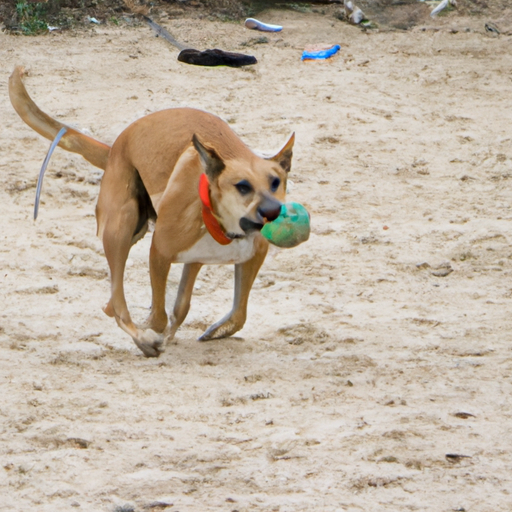H2: Understanding Your Canine Friend’s Needs
As someone who cares deeply for others, it’s important to extend your compassion and understanding to your canine friends. Dogs, like humans, have specific needs that must be met to ensure their wellbeing.
Here are the main aspects you should consider:
-
Physical needs: This includes food, water, and exercise.
-
Emotional needs: Dogs are social animals. They need love, attention, and companionship.
-
Mental needs: Your dog needs mental stimulation to stay happy and healthy. This could be achieved through training, puzzle toys, or interactive games.
H2: Feeding Your Dog
Feeding your dog is more than just throwing down a bowl of dry kibble. It’s about providing a balanced diet that meets all their nutritional needs. Here’s a simple table to guide you:
| Age Group | Meal Frequency | Type of Food |
|---|---|---|
| Puppy | 3-4 times a day | Puppy formula |
| Adult | 2 times a day | Adult formula |
| Senior | 2 times a day | Senior formula |
Remember, every dog is different. It’s important to monitor your dog’s weight and adjust their diet accordingly.
H2: Exercising Your Dog
Exercise is crucial for your dog’s physical and mental health. It helps keep their weight in check, reduces behavioral problems, and strengthens your bond with them.
- For small breeds or older dogs, a daily walk might be enough.
- For active breeds, they may require more rigorous exercise.
- Remember, playtime is also a form of exercise.
H2: Training Your Dog
Training your dog is not just about teaching them tricks. It’s about communication and mutual respect. It’s about setting boundaries and establishing a strong bond.
Try to make training sessions short, consistent, and fun. Remember to always use positive reinforcement. This could be a treat, a toy, or just a good belly rub.
H2: Providing Emotional Support
As a caregiver, you know the importance of emotional support. Dogs, like humans, have feelings. They can experience joy, fear, loneliness, and even depression.
- Spend quality time with your dog.
- Show them affection.
- Be patient and understanding.
Remember, it’s not about ‘fixing’ your dog’s emotions. It’s about being there for them, through the good and the bad.
FAQs
Q: How much food should I give my dog?
A: It depends on their age, size, and activity level. Always check the feeding guide on the food package and adjust as necessary.
Q: My dog seems bored, what should I do?
A: Try providing more mental stimulation. This could be new toys, training sessions, or interactive games.
Q: My dog is gaining weight, what should I do?
A: Consider reducing their food intake and increasing their exercise. If the problem persists, consult with a vet.
Q: How often should I walk my dog?
A: It depends on their breed and age. But as a general rule, most dogs should be walked at least once a day.
Q: My dog seems sad, what should I do?
A: Try spending more quality time with them. If their mood doesn’t improve, consider seeking professional help.



